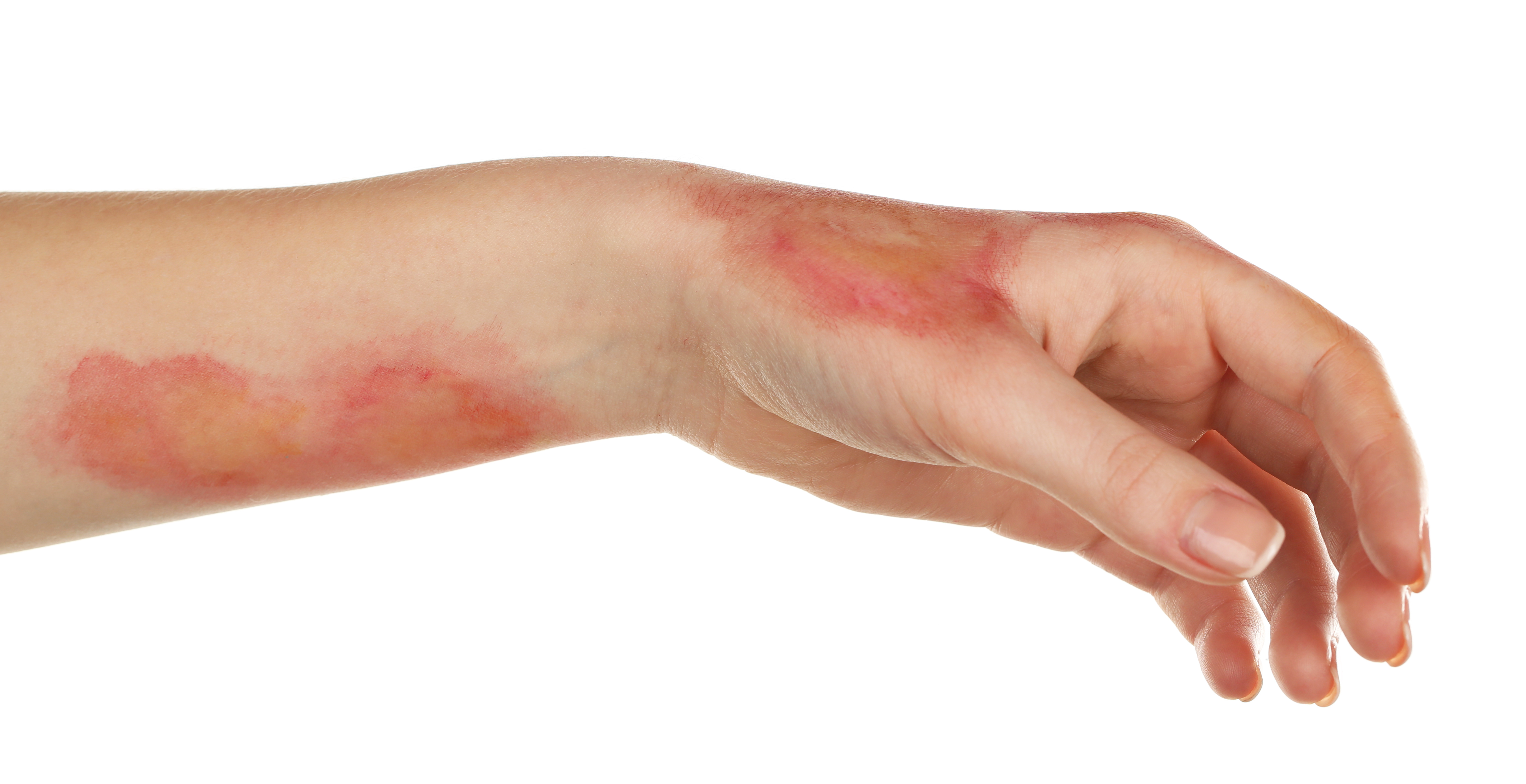Mobile Bioprinter Could Be Used To Print Patients’ Skin Directly Onto Wounds
Tags: News

By Mandy Froelich / Truth Theory
In the future, recovering from severe burns or road rash may be as simple as having bi-layered skin printed on by a mobile bioprinter. The scenario has already been proven plausible, thanks to scientists from Wake Forest Institute for Regenerative Medicine (WFIRM).
The bedside bioprinter is capable of printing out brand new skin for large wounds and burns. All the machine requires are cells from the wounded patient. The printing system is the first-of-its-kind in the world.
“The unique aspect of this technology is the mobility of the system and the ability to provide on-site management of extensive wounds by scanning and measuring them in order to deposit the cells directly where they are needed to create skin,” said Sean Murphy, a WFIRM assistant professor and lead author.
The study was published in Nature’s Scientific Reports journal.
How does it work?
Once the patient’s cells are collected, they are mixed into a hydrogel and placed into the bioprinter. Integrated imaging technology, which involves a device that scans the wound then delivers data into the software, tells the print heads which cells to deliver exactly where in the wound, layer by layer.
As GoodNewsNetwork reports, the bioprinter deposits the cells directly into the wound, replicating the skin structure. The accelerated process matches the formation of normal skin structure and function.
Now that proof-of-concept has been demonstrated, the next step is to conduct a clinical trial in humans. Currently, skin grafts are the most common treatment for severe burns and wounds. But, even this technique has its flaws. Not only are skin grafts from donors optional, but the host also risks immune rejection of the graft and the resulting scar formation.
“The technology has the potential to eliminate the need for painful skin grafts that cause further disfigurement for patients suffering from large wounds or burns,” said WFIRM Director Anthony Atala, and a co-author of the paper. “A mobile bioprinter that can provide on-site management of extensive wounds could help to accelerate the delivery of care and decrease costs for patients.”
“If you deliver the patient’s own cells, they do actively contribute to wound healing by organizing up front to start the healing process much faster,” said James Yoo, who co-authored the paper. “While there are other types of wound healing products available to treat wounds and help them close, those products do not actually contribute directly to the creation of skin.”
Survivors of fires and motor vehicle accidents aren’t the only candidates for this technology. Each year, millions of Americans suffer from large, chronic, or non-healing lesions on their skin. Furthermore, burn injuries account for 10 to 30 percent of combat casualties in conventional warfare for military personnel.
What are your thoughts? Please comment below and share this news!
IMAGE CREDIT: serezniy
Leave Comment: